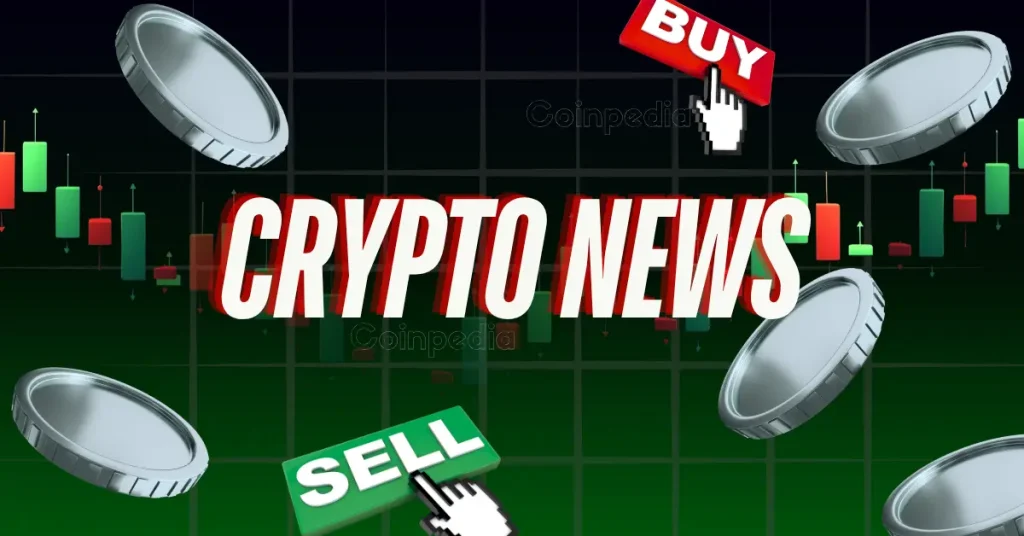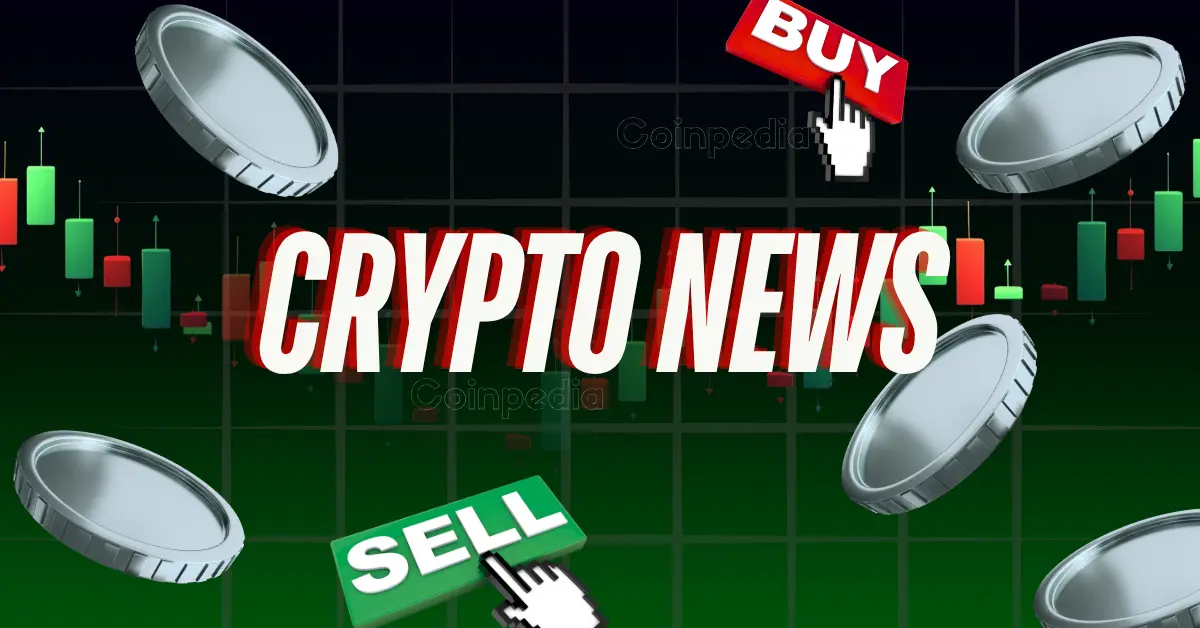
The USD1 Controversy: A Storm Brewing in the Crypto World
A Tangled Web of Power, Finance, and Crypto
The cryptocurrency landscape is no stranger to controversy, but the emergence of USD1, a stablecoin with direct ties to the family of President Donald Trump in 2025, has ignited a firestorm of debate. This digital asset, pegged to the U.S. dollar and issued by World Liberty Financial (WLFI), has become a lightning rod for concerns about conflicts of interest, regulatory independence, and the future of stablecoin oversight in the United States. The situation has drawn intense scrutiny from lawmakers, regulatory bodies, and the broader crypto community, raising critical questions about the intersection of political power and financial innovation.
The Genesis of USD1 and WLFI
USD1 is a stablecoin designed to maintain a 1:1 peg with the U.S. dollar, offering users a digital asset that minimizes volatility—a key feature for traders, investors, and businesses operating in the crypto space. However, its issuance by WLFI, a platform with direct financial ties to the Trump family, has raised eyebrows in Washington. The concern is not merely about the stablecoin itself but about the potential for political influence to seep into regulatory decisions, undermining the impartiality of financial oversight.
Stablecoins have become a cornerstone of the digital economy, facilitating everything from cross-border transactions to decentralized finance (DeFi) activities. Their stability and reliability make them attractive for users seeking to avoid the volatility of other cryptocurrencies. However, the rise of USD1 has brought these benefits into question, as its association with the President’s family has cast a shadow over its legitimacy and the broader stablecoin market.
Legislative Triumphs and Regulatory Scrutiny
The passage of the Guiding and Establishing National Innovation for U.S. Stablecoins Act of 2025 (GENIUS Act) in July 2025 marked a significant milestone in U.S. crypto regulation. This legislation empowers the Office of the Comptroller of the Currency (OCC) to oversee large non-bank stablecoin issuers, a move aimed at bringing much-needed clarity and oversight to the sector. However, the timing and context of this legislation have been overshadowed by the USD1 controversy.
Senators, led by Elizabeth Warren, have expressed deep concerns about the potential for conflicts of interest, given President Trump’s financial stake in WLFI. The fear is that the President could exert influence over regulatory decisions, either directly or indirectly, to benefit his family’s interests. This raises serious questions about the independence of regulatory agencies like the OCC and the Federal Reserve, which are tasked with ensuring fair and transparent markets.
Key Concerns Raised by Lawmakers
The controversy surrounding USD1 extends beyond political rhetoric. It touches on fundamental issues of regulatory integrity, market fairness, and national security. Some of the most pressing concerns include:
Conflicts of Interest
President Trump’s financial involvement in WLFI has raised alarms about the potential for him to interfere with regulatory decisions concerning USD1. Lawmakers worry that the President could use his position to secure favorable treatment for his family’s venture, potentially at the expense of fair and impartial regulation.
Regulatory Independence
The close ties between WLFI and the Trump family have led to questions about whether regulatory agencies can operate independently. The OCC and the Federal Reserve must be seen as impartial arbiters of financial rules, but the USD1 controversy has called this perception into question.
Potential for Undue Influence
There are fears that the President could use his authority to block unfavorable decisions regarding USD1, demand lenient treatment for WLFI, or even impede investigations into the company’s practices. Such actions would undermine public trust in the regulatory process and the stability of the financial system.
National Security Implications
The involvement of a sitting president in a cryptocurrency venture raises concerns about potential national security risks. Stablecoins like USD1 could be used for illicit activities, such as money laundering or sanctions evasion, particularly if they are not subject to rigorous oversight.
The OCC’s Role Under the Microscope
Given these concerns, the OCC’s role in regulating USD1 has come under intense scrutiny. Senators have demanded that the OCC provide assurances that it can prevent political influence from affecting stablecoin rules. In a letter to OCC chief Jonathan Gould, Senator Warren raised specific concerns about the potential conflicts arising from the Trump family’s involvement in USD1.
The senators have requested detailed information on several fronts:
Controls Against Political Influence
The OCC must demonstrate that it has mechanisms in place to prevent the President from exerting undue influence over stablecoin regulations. This includes ensuring that decisions are based on merit rather than political considerations.
Mitigating Future Risks
The OCC must outline how it plans to address any future risks posed by USD1, including potential market manipulation, financial instability, or regulatory arbitrage.
Ensuring Fair Competition
The OCC must ensure that the stablecoin market remains fair and competitive, preventing the President from using his position to disadvantage USD1’s competitors. This is crucial for maintaining trust in the regulatory framework and the broader financial system.
The DOJ’s Crypto Crackdown: A Shadow Over USD1
While the political and regulatory spotlight shines brightly on USD1, broader developments in the cryptocurrency space add another layer of complexity. In July 2025, the Department of Justice (DOJ) filed a civil forfeiture complaint for the seizure of over \$225 million in USDT, a leading stablecoin. This action, though not directly related to USD1, underscores the government’s increasing scrutiny of stablecoins and their potential use in illicit activities.
The DOJ’s crackdown highlights the risks associated with stablecoins that may not be fully compliant with regulatory requirements. It also serves as a reminder that stablecoin issuers must adhere to the highest standards of transparency and compliance to avoid legal repercussions.
WLFI’s Defense and the “Official Trump Meme Coin”
WLFI has defended its USD1 stablecoin, asserting that it is committed to complying with all applicable regulations and that its operations are independent of political influence. However, the company’s association with the “Official Trump meme coin” has further fueled controversy. Senator Blumenthal requested extensive documentation from both WLFI and Fight Fight Fight LLC, the company behind the Official Trump meme coin, raising questions about potential market manipulation and financial entanglements.
The meme coin’s association with the Trump family has added a layer of complexity to the USD1 controversy, as it blurs the lines between political branding and financial innovation. This has led to concerns about the potential for market manipulation, as well as the broader implications for the crypto market.
Market Impacts and the Future of Stablecoins
The USD1 controversy has undoubtedly had an impact on the broader stablecoin market. While leading stablecoins with market caps exceeding \$250 billion continue to operate, the increased regulatory scrutiny and the potential for stricter rules have created uncertainty among investors. The long-term implications of the USD1 situation for the future of stablecoins remain to be seen, but it is clear that the U.S. government is taking a more assertive approach to regulating these digital assets.
Companies operating in the stablecoin space will need to prioritize compliance and transparency to navigate this evolving regulatory landscape. The future of stablecoins in the U.S. depends on the ability of regulators to strike a balance between innovation and oversight, ensuring that these digital assets can thrive without compromising financial stability or public trust.
Conclusion: Navigating the Uncharted Waters of Crypto Regulation
The USD1 controversy serves as a stark reminder of the challenges inherent in regulating the rapidly evolving world of cryptocurrency. The intersection of political power, financial interests, and digital assets creates a complex and potentially volatile environment. As lawmakers grapple with the task of establishing a clear and effective regulatory framework for stablecoins, the need for transparency, independence, and a commitment to protecting investors and the integrity of the financial system has never been more crucial.
The future of stablecoins in the U.S. hinges on the ability of regulators to navigate these uncharted waters with wisdom and resolve. The USD1 controversy is a test of the regulatory system’s ability to adapt to new challenges while maintaining the public’s trust. The outcomes of this debate will shape not only the future of stablecoins but also the broader landscape of financial innovation in the digital age.





